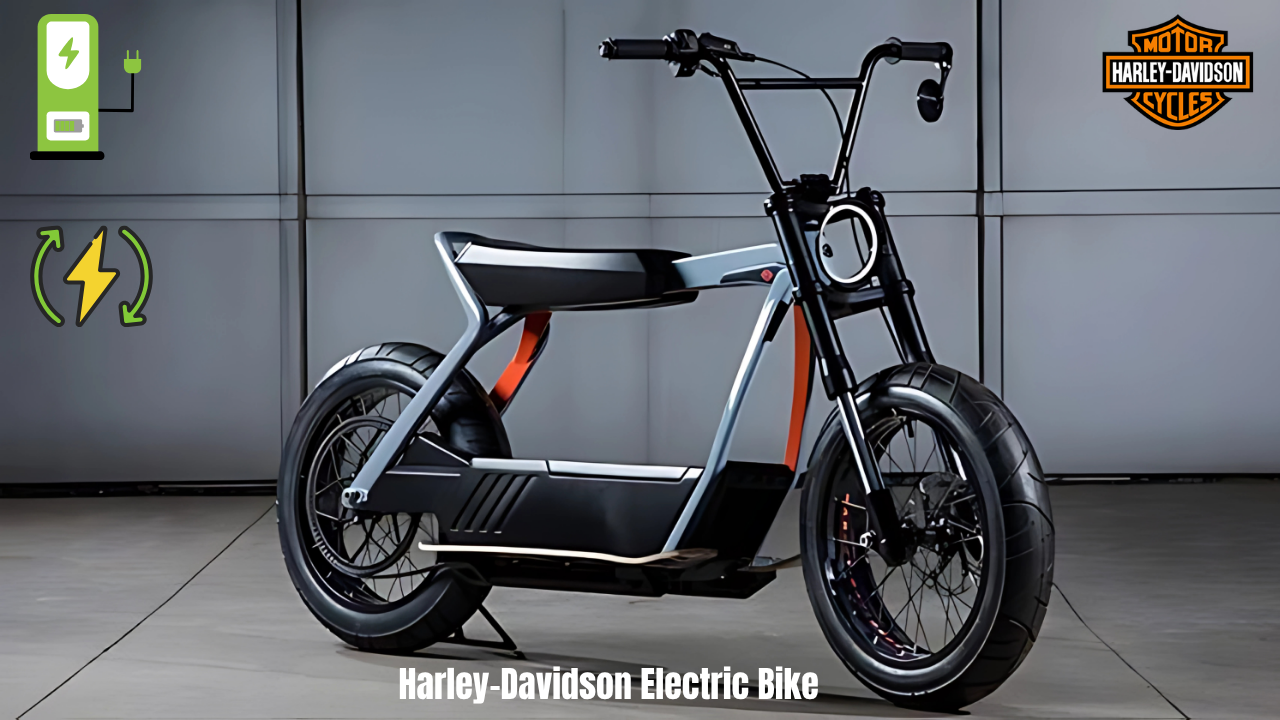Caring for a loved one with a disability, medical condition, or an elderly family member is one of life’s most rewarding yet challenging responsibilities. The Australian government recognizes this significant contribution through the Centrelink Carer Payment program, designed to provide financial support to individuals who dedicate their lives to caring for others. This comprehensive guide explores everything you need to know about Carer Payment in 2025, including recent changes, eligibility requirements, payment rates, and application procedures.
Understanding Centrelink Carer Payment
The Centrelink Carer Payment serves as a vital lifeline for thousands of Australian carers who provide constant care to individuals with disabilities, severe medical conditions, or elderly family members who are frail and dependent. This income support payment is paid at the same rate as the age pension for people who provide care for a person with disability or severe medical condition, recognizing the significant barriers carers face in maintaining traditional employment.
Unlike other Centrelink payments, the Carer Payment acknowledges that caregiving is often a full-time responsibility that prevents individuals from pursuing conventional work opportunities. The payment provides financial stability, allowing carers to focus on their crucial role without the added stress of financial hardship.
What Makes Carer Payment Different from Other Support
The Carer Payment differs significantly from the Carer Allowance, which many people confuse with the main payment. While both support carers, they serve different purposes:
- Carer Payment: A primary income support payment equivalent to the Age Pension
- Carer Allowance: A supplementary payment of $159.30 each fortnight to help with additional caring costs
Many eligible carers can receive both payments simultaneously, providing more comprehensive financial support for their caring responsibilities.
Current Payment Rates and Financial Support
Understanding the financial support available through Carer Payment is crucial for budgeting and financial planning. The payment rates have been adjusted for inflation and cost-of-living pressures, with singles receiving $1,149 per fortnight and couples each receiving $866.10 per fortnight as of the most recent updates.
Payment Structure Breakdown
| Recipient Status | Fortnightly Rate | Annual Equivalent |
|---|---|---|
| Single Person | $1,149.00 | $29,874 |
| Couple (each) | $866.10 | $22,519 |
| Partnered (separated due to illness) | $1,149.00 | $29,874 |
These amounts represent the maximum payment rates before any income or asset testing applies. The actual amount you receive may vary based on your individual circumstances, including any employment income, partner’s income, and other financial considerations.
Additional Financial Benefits
Beyond the basic payment, Carer Payment recipients may also be eligible for:
- Carer Allowance: $159.30 each fortnight as a supplementary payment
- Rent Assistance: Additional support for housing costs
- Pharmaceutical Allowance: Help with medication costs
- Energy Supplement: Assistance with utility bills
Comprehensive Eligibility Requirements
Qualifying for Carer Payment involves meeting specific criteria for both the carer and the person receiving care. The assessment process is thorough, ensuring that support reaches those who genuinely need it while maintaining the integrity of the program.
Carer Eligibility Criteria
To qualify as a carer, you must:
Residency Requirements:
- Be an Australian resident or hold a qualifying visa
- Be in Australia when you submit your claim
- Meet residence requirements for the payment
Care Provision Standards:
- Provide constant care for the person with disability or medical condition
- Live in the same home as the person you care for (with some exceptions)
- Not be employed, studying, or volunteering for more than 100 hours in a four-week period
Age and Health Considerations:
- Be of working age (typically between 16 and Age Pension age)
- Be able to provide the level of care required
- Meet income and asset tests
Care Recipient Eligibility
The person you care for must also meet specific criteria:
Medical Assessments:
- Have a disability or medical condition assessed through professional evaluation
- Meet minimum disability scores on standardized assessment tools
- Require constant care for at least six months (or have a terminal condition)
Assessment Tools Used:
- Adult Disability Assessment Tool (ADAT): For adults with disabilities
- Carer Needs Assessment: For children under 16
- Medical assessments: Completed by treating health professionals
Income and Asset Testing
The amount of Carer Payment you get depends on your personal circumstances, including any income you or your partner get from employment. The payment is subject to:
- Income Test: Reduces payment based on employment earnings
- Asset Test: Considers total value of assets owned
- Partner Income: Includes partner’s earnings in assessment
- Deeming Rules: Apply to financial investments
Revolutionary Changes in 2025: Enhanced Work Flexibility
The year 2025 brought significant improvements to the Carer Payment program, addressing long-standing concerns about work flexibility and career development opportunities for carers.
The New 100-Hour Rule
Changes to the Carer Payment participation rules commenced from 20 March 2025, introducing remarkable flexibility for carers wanting to maintain some employment. The key changes include:
Previous Restrictions:
- Limited to 25 hours per week of work, study, or volunteering
- Travel time counted toward the hour limit
- Education and volunteering activities were restricted
New Flexibility (2025):
- Increased Work Hours: Carers can work up to 100 hours within a four-week period without affecting their payment
- Travel Time Exemption: Removing travel time from the participation limit to provide more flexibility for carers to take up opportunities for work, particularly carers in regional and rural areas
- Education Freedom: Study and volunteering no longer count toward hour limits
- Suspension vs Cancellation: Payment suspension for up to six months instead of immediate cancellation if limits are exceeded
Benefits of the New System
These changes address real-world challenges faced by carers:
- Regional Accessibility: More than 3,000 Carer Payment recipients in regional and remote Australia have earnings and are likely to benefit from the removal of travel time
- Skill Development: Carers can pursue education and training to improve future employment prospects
- Financial Security: Temporary suspension rather than cancellation provides a safety net for carers testing their capacity to return to work
- Flexible Scheduling: The four-week period allows carers to adjust work around caring responsibilities and the care recipient’s needs
Step-by-Step Application Process
Applying for Carer Payment requires careful preparation and documentation. Understanding the process helps ensure your application is processed efficiently and accurately.
Pre-Application Preparation
Document Gathering:
- Personal identification documents
- Medical reports and assessments for the care recipient
- Financial statements and income documentation
- Bank account details for payment processing
- Proof of residence and living arrangements
Health Professional Involvement: The application process requires input from qualified health professionals who can complete necessary assessment forms and provide medical evidence supporting the care recipient’s condition.
Online Application Through myGov
Step 1: Access Your Account
- Log into your myGov account linked to Centrelink
- Navigate to the payments and claims section
- Select “Carer Payment” from available options
Step 2: Complete the Application
- Provide detailed information about yourself and your caring situation
- Submit information about the person you care for
- Upload required supporting documentation
- Review all information for accuracy before submission
Step 3: Medical Assessments
- Arrange for required medical forms to be completed
- Ensure health professionals submit assessments directly to Services Australia
- Follow up on any additional information requests
Application Processing Timeline
Initial Review Period:
- Basic eligibility assessment: 2-4 weeks
- Medical assessment review: 4-8 weeks
- Complex cases: Up to 12 weeks
During Processing:
- Regularly check myGov for updates and requests for additional information
- Respond promptly to any correspondence from Services Australia
- Maintain contact if circumstances change
Maximizing Your Carer Payment Benefits
Understanding how to optimize your Carer Payment involves strategic planning and awareness of additional support services available to carers.
Combining Multiple Payments
Many carers are eligible for multiple forms of support:
Primary Payments:
- Carer Payment (main income support)
- Carer Allowance (supplementary support)
Additional Support:
- Rent Assistance for housing costs
- Family Tax Benefit if caring for children
- Concession cards for reduced-cost services
Work and Study Opportunities
The 2025 changes open new possibilities for carers:
Employment Strategies:
- Part-time work within the 100-hour monthly limit
- Flexible scheduling around caring responsibilities
- Using respite services to create work opportunities
- Building skills through education programs
Income Optimization:
- Understanding how employment income affects payments
- Strategic use of temporary cessation of care days
- Planning for potential return to full-time employment
Support Services and Resources
Carers don’t have to navigate their journey alone. Australia provides extensive support networks and resources designed to assist carers in their vital role.
Carer Gateway Services
Carer Gateway is an Australian Government program providing free services and support for carers, available Monday to Friday, 8am to 5pm local time, with assistance for emergency respite available any time, 24/7.
Available Services:
- Counseling and peer support
- Respite care coordination
- Skills development programs
- Information and advice services
- Emergency support services
State and Territory Support
Each Australian state and territory offers additional support services:
Victoria: Carers Victoria provides local support and advocacy New South Wales: Carers NSW offers regional services and support groups Queensland: Specific programs for carers in remote areas Other States: Tailored services based on local needs and demographics
Technology and Digital Support
Modern technology offers new ways to access support:
Mobile Apps: For managing appointments and accessing information Online Communities: Connecting with other carers facing similar challenges Telehealth Services: Remote access to health professionals and support services Educational Platforms: Online training and skill development opportunities
Financial Planning and Tax Considerations
Understanding the tax implications and financial planning aspects of Carer Payment helps carers make informed decisions about their financial future.
Taxation Rules
If you or the person you care for are Age Pension age, your Carer Payment is a taxable Centrelink payment. This means:
Taxable Situations:
- Either carer or care recipient is of Age Pension age
- Payment must be declared in annual tax returns
- May affect Medicare Levy Surcharge calculations
Non-Taxable Situations:
- Both carer and care recipient are under Age Pension age
- Carer Allowance is generally not taxable
- Some supplementary payments may be tax-exempt
Long-term Financial Planning
Superannuation Considerations:
- Carer Payment doesn’t include superannuation contributions
- Consider voluntary contributions if financially possible
- Explore government co-contribution schemes
Asset Protection:
- Understanding how assets affect payment eligibility
- Strategic financial planning for long-term security
- Considering the care recipient’s financial needs
Frequently Asked Questions (FAQs)
How much can I earn while receiving Carer Payment in 2025?
Under the new rules implemented in March 2025, you can work up to 100 hours within a four-week period without affecting your Carer Payment. Additionally, travel time to and from work no longer counts toward this limit, and education or volunteering activities are completely exempt from hour restrictions.
What’s the difference between Carer Payment and Carer Allowance?
Carer Payment is the main income support payment equivalent to the Age Pension (currently $1,149 per fortnight for singles), while Carer Allowance is a supplementary payment of $159.30 per fortnight to help with additional caring costs. Many carers are eligible for both payments simultaneously.
Can I receive Carer Payment if I live separately from the person I care for?
Generally, you must live in the same home as the person you care for to receive Carer Payment.
This guide provides general information about Centrelink Carer Payment as of June 2025. Individual circumstances vary, and it’s recommended to contact Services Australia directly or visit their official website for the most current information and personalized advice regarding your specific situation.


